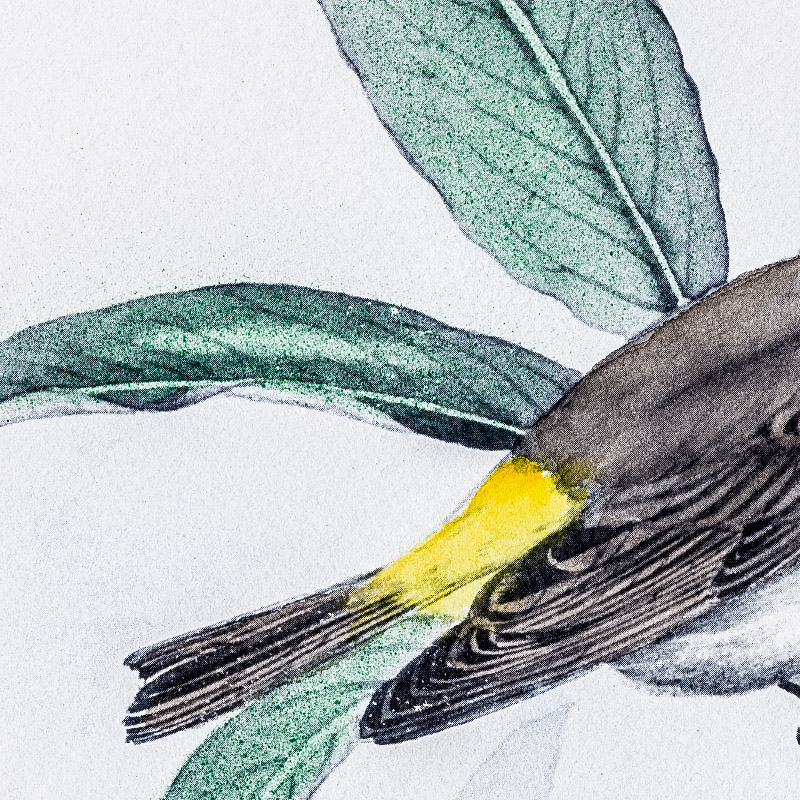






Unknown
1930
11
644
A team of dedicated board members, volunteers, and student interns has published every page in Volume 9. This volume includes 360 images of paintings and lyrical descriptions of birds, now available online for everyone to enjoy anywhere in the world. This is a monumental task. Each volume requires approximately 400 hours to photograph, edit, transcribe, catalog, and publish online. We need your support to complete this work.
If you're tech-savvy, have a good eye, are meticulous with details, and love structured data, please consider volunteering by emailing us at hello@rexbrasher.org.
We encourage all bird lovers and supporters to consider a monetary donation to support our mission to make Rex's work available for everyone. You can provide a one-time or recurring donation online.
Aiken states that in the eastern foothills of the Rocky Mountains this bird sometimes outnumbers all other Warblers combined. It is a shy and timid species, darting into its place of concealment with a sharp note of alarm. In summer it frequents scrubby hillside growth up to an elevation of about 7500 feet but during migrations it is found in pine forests, cottonwoods and willows. In Arizona, Howard says, they keep almost entirely in the underbrush where they are continually on the move, uttering a quick chirp as if in distress. The male is very musical during the nesting season, uttering his swee notes as he skips thru the bushes in search of food. Having satisfied his appetite he mounts to the tip of some nearby tree and repeats, at regular intervals, a song of remarkable fulness for a bird of such minute proportions.
NEST: Of fine grass, rootlets and fibres, loosely constructed, located on the ground under a bush or tuft of grass.
EGGS: Four or five; white, lightly circled around large end with specks of chestnut and purplish brown, with a few scattered specks over remainder of egg.
Southern Rocky Mountains, north to Colorado, Utah and Nevada.
A 50-foot tree with a straight branchless trunk two feet in diameter; distributed on the Santa Cantalina and Santa Rita Mountains in Arizona.